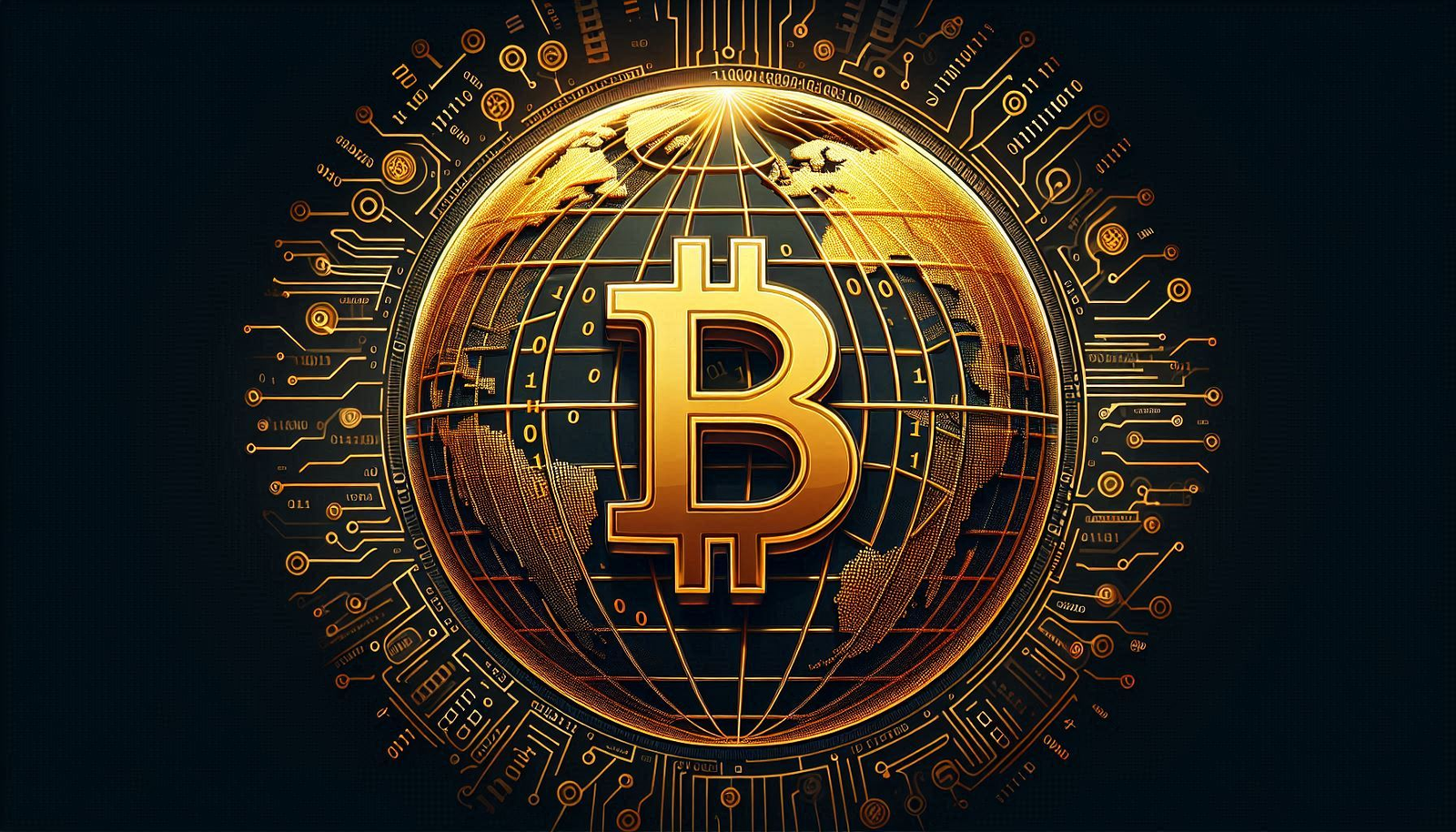Understanding Stablecoins: How to Use Them for Payments in Forbes
Stablecoins: Understanding Their Role and Usage in Payments
Stablecoins have emerged as a significant innovation in the world of digital currencies, offering a bridge between the volatility of cryptocurrencies and the stability of traditional fiat money. This article explores what stablecoins are, how they work, and their potential applications in the realm of payments.
What Are Stablecoins?
Stablecoins are a type of cryptocurrency designed to have a stable value relative to a specific asset or a basket of assets. Unlike other cryptocurrencies such as Bitcoin or Ethereum, which can experience significant price fluctuations, stablecoins aim to maintain a constant value. They achieve this stability by pegging their value to a reserve of assets such as fiat currencies (e.g., USD, EUR), commodities like gold, or through algorithmic mechanisms.
There are several types of stablecoins:
- Fiat-Collateralized Stablecoins: These are backed by a reserve of fiat currency. For example, Tether (USDT) and USD Coin (USDC) are pegged to the U.S. Dollar and maintain a 1:1 value ratio by holding equivalent reserves.
- Crypto-Collateralized Stablecoins: These stablecoins use other cryptocurrencies as collateral. DAI is a well-known example, backed by Ethereum and other crypto assets, maintaining stability through over-collateralization and smart contracts.
- Algorithmic Stablecoins: Instead of being backed by reserves, these stablecoins rely on algorithms and smart contracts to control their supply and stabilize their value. Examples include Ampleforth and TerraUSD.
- Commodity-Backed Stablecoins: These are backed by physical assets like precious metals. For instance, Digix Gold Tokens (DGX) are pegged to gold.
How Can One Use Stablecoins for Payments?
Stablecoins offer numerous advantages for payments, making them an attractive option for individuals and businesses alike:
- Reduced Volatility: As they are pegged to stable assets, stablecoins provide a reliable medium of exchange, avoiding the wild price swings seen in other cryptocurrencies.
- Lower Transaction Costs: Stablecoins can facilitate cross-border transactions with lower fees than traditional financial systems, making them ideal for international payments.
- Faster Settlements: Transactions using stablecoins can be processed quickly, often in real-time, without the delays associated with traditional banking systems.
- Financial Inclusion: Stablecoins can provide access to financial services for unbanked or underbanked populations, offering a way to participate in the global economy.
- Smart Contracts and Decentralized Finance (DeFi): Stablecoins are integral to the DeFi ecosystem, allowing for lending, borrowing, and earning interest without the need for intermediaries.
Additional Considerations
Despite their benefits, stablecoins also pose certain challenges and risks:
- Regulatory Concerns: As stablecoins grow in popularity, they face increasing scrutiny from regulators worldwide. Ensuring compliance with financial regulations is crucial for their continued adoption.
- Trust and Transparency: The stability of fiat-collateralized stablecoins depends on the transparency and trustworthiness of the issuer, as users must have confidence in the reserves backing the coins.
- Technological Risks: Algorithmic stablecoins, in particular, may face risks related to smart contract vulnerabilities or failure to maintain their peg during market stress.
In conclusion, stablecoins represent a compelling development in the digital currency space, offering a stable and efficient medium for payments. As technology and regulatory frameworks evolve, stablecoins are likely to play an increasingly vital role in the future of global finance, facilitating seamless transactions and fostering financial inclusion.


